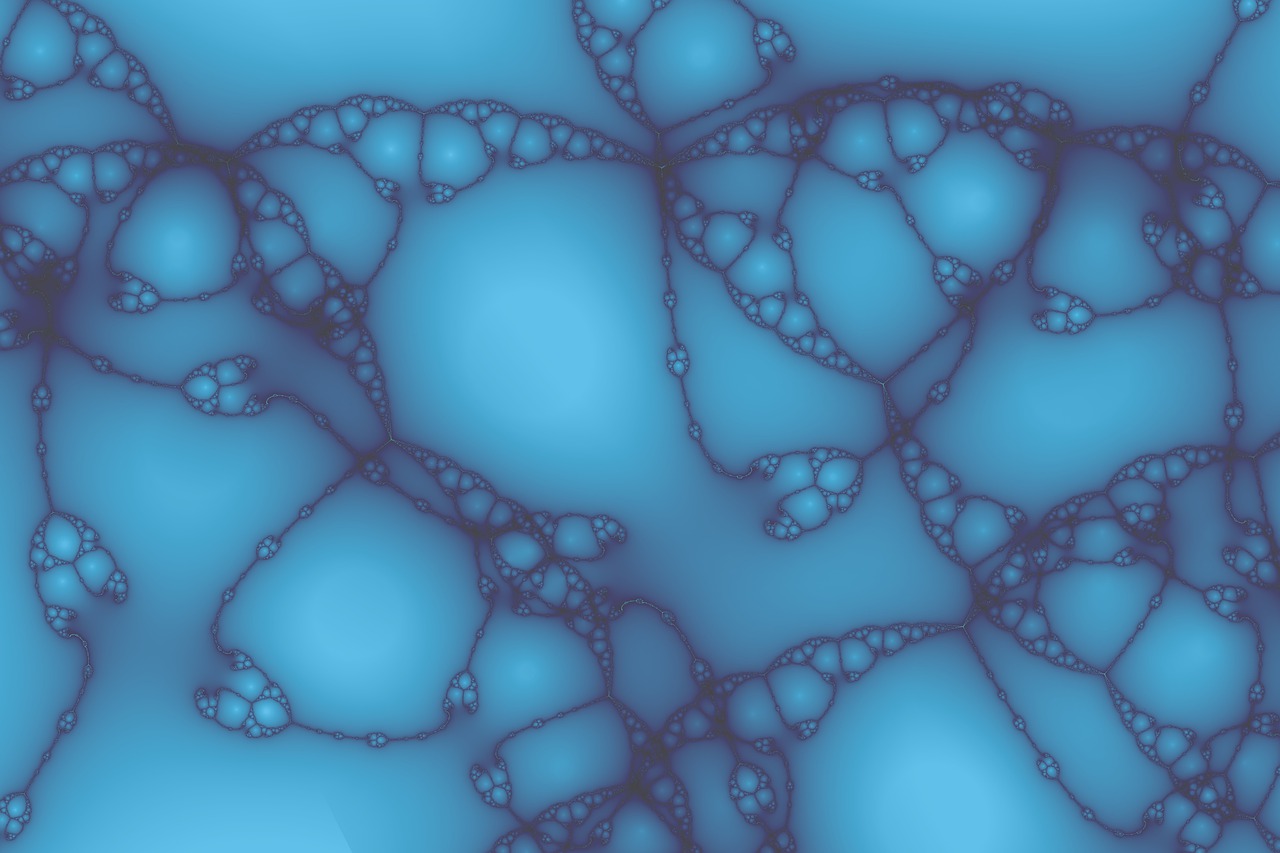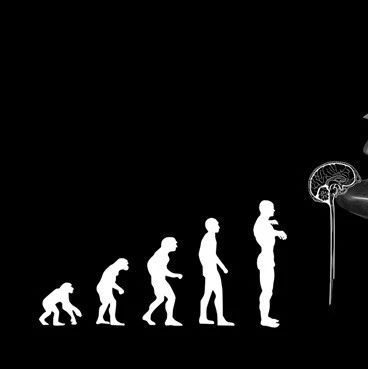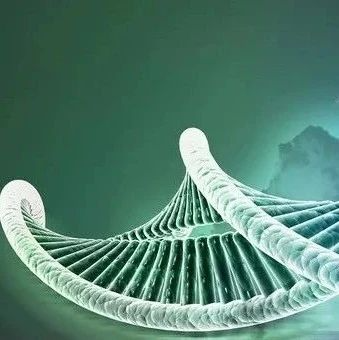小鸡要脱下绒毛,换上带有飞羽的“羽衣”,才算成年。古代的鸟儿、甚至更早时候的带羽毛的恐龙也是这样吗?最近,我国古生物学家给出了答案:它们不仅换羽,还换好几次,与现代鸟类换羽几乎“一步到位”不同的是,它们每次换下的羽毛形态都不尽相同。4月29日出版的英国《自然》杂志刊登了中科院古脊椎动物与古人类研究所徐星研究员与山东天宇自然博物馆郑晓廷馆长、地科院地质研究所尤海鲁研究员的这一共同研究成果。
换羽对于鸟类而言,就如蛇蜕皮、蟹脱壳,是生长发育过程中的重要环节。在进化过程中,这一重要环节是何时开始的,又会换几次?要搞清这个问题至少要找到两个化石标本,它们要属于同一物种,还得处于幼年的不同阶段,还必须都完整保留着羽毛——古生物界流传这么一句话,一千个古代生命个体中可能有一个变成化石,而一千个化石中可能有一个被人类发现,因此要找到满足这种种条件的标本,几乎只能靠碰运气。
山东天宇自然博物馆似尾羽龙标本复原图。邢立达,宋其金
不过,这个运气还真让我国的古生物学家给碰上了。山东天宇自然博物馆里,收藏着两件保存完整的大约1.25亿年前的幼年似尾羽龙标本。这两个小家伙相差一岁左右,个头却相差很大,身上的羽毛也有着明显的区别。其中,“弟弟”头长只有三四厘米,大腿骨仅3.8厘米,而“哥哥”脑袋已长到10厘米,大腿骨有12厘米长。徐星说,这两只小龙显然都已经脱下了最初的绒毛,但“弟弟”身上的羽毛不太适合飞行,而“哥哥”身上的羽毛就和现代鸟类的羽毛非常相似了。“这告诉我们,长着羽毛的恐龙在成长过程中会像鸟类一样换好几次羽毛,但至少三次会出现非常不同的羽毛。”
这是一个重要发现。因为以前科学家一直认为,鸟类羽毛的发育遵循着一个严格的、由基因控制的程序。“但现在看来,在羽毛演化的早期,基因们还是作了各种尝试,才选择了最合适的进程。”
这个从化石得来的结论和先前科学家们在现代鸟类身上进行的实验结果是一致的:当科学家们改变某些控制鸟类羽毛发育的基因表达方式后,他们在现代鸟类身上发现一些羽毛类似化石上的古老羽毛。
更多阅读
《自然》发表论文摘要(英文)
《自然》网站相关报道(英文)
Exceptional dinosaur fossils show ontogenetic development of early feathers
Nature
Volume: 464,
Pages: 1338–1341
Date published: (29 April 2010)
doi:10.1038/nature08965
Received 18 December 2009 Accepted 24 February 2010
Recent discoveries of feathered dinosaur specimens have greatly improved our understanding of the origin and early evolution of feathers, but little information is available on the ontogenetic development of early feathers1, 2, 3, 4, 5, 6, 7. Here we describe an early-juvenile specimen and a late-juvenile specimen, both referable to the oviraptorosaur Similicaudipteryx8, recovered from the Lower Cretaceous Yixian Formation of western Liaoning, China9. The two specimens have strikingly different remiges and rectrices, suggesting that a radical morphological change occurred during feather development, as is the case for modern feathers10. However, both the remiges and the rectrices are proximally ribbon-like in the younger specimen but fully pennaceous in the older specimen, a pattern not known in any modern bird10. In combination with the wide distribution of proximally ribbon-like pennaceous feathers and elongate broad filamentous feathers among extinct theropods, this find suggests that early feathers were developmentally more diverse than modern ones and that some developmental features, and the resultant morphotypes, have been lost in feather evolution.








